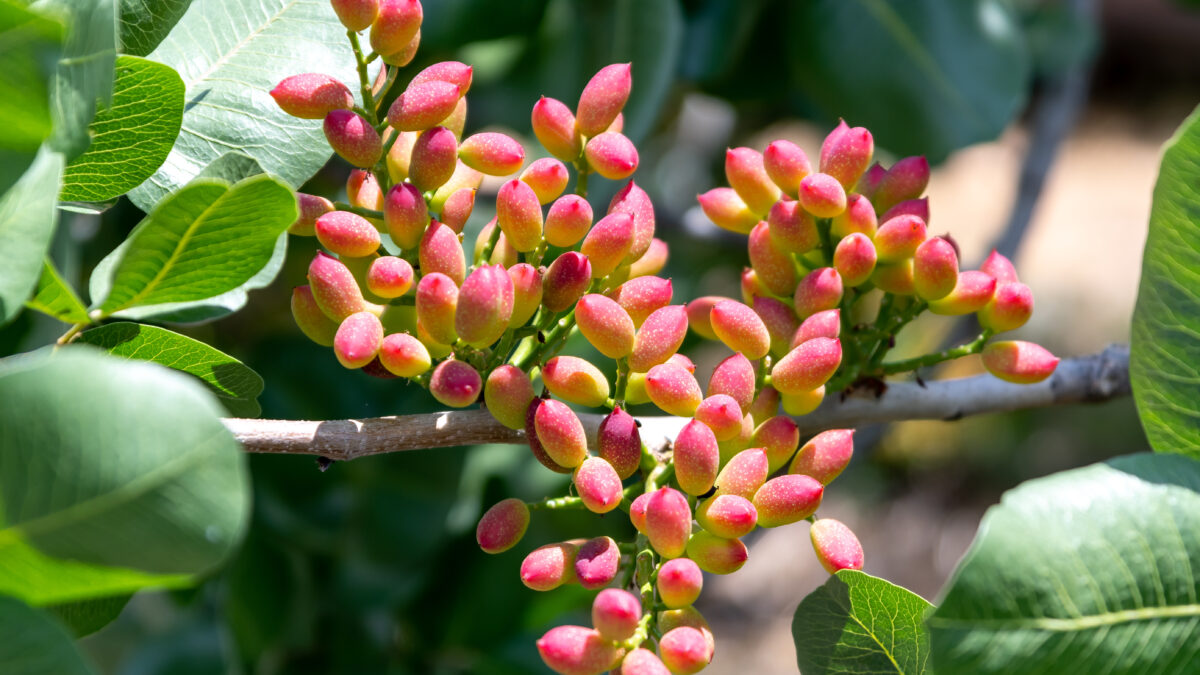Pistachio farmers have applied smart farming technologies to address previously unsolvable agricultural issues associated with the input use, pests, and diseases. More specifically, pistachio farmers installed four telemetry stations across various land plots, covering the majority of their crops. One reason they installed these telemetry stations is that they need a system to replace experience-based farming, and they believe smart farming is the future.
Pest and disease prevention
A major challenge pistachio farmers face is the threat of pests and diseases. For this reason, farmers need to be able to harness a proactive approach to disease and pest prevention instead of dealing with these problems reactively. Thanks to the spread of new technologies, farmers can be informed about the appropriate times to take action, enabling them to move on from more traditional forms of farming. However, in addition to addressing disease, farmers are also looking to reduce production costs and achieve rational use of inputs, which will also mitigate their environmental impact.
Farmers have become familiar with smart farming and keep up to date with technological developments. As a result, thousands of hectares of farmland now have telemetry station coverage. It is therefore clear that they view telemetry as a vital tool that can help them develop their product. As such, farmers are particularly interested in using new technologies, and many of them are keen to understand how these technologies work.
Farmers are thus convinced that telemetry stations will increase their production capabilities, reduce costs and mitigate their environmental impact through reduction in pesticide, fertiliser and water use. This in turn will lead to better quality and higher quantity of product, in addition to more competitive prices.










